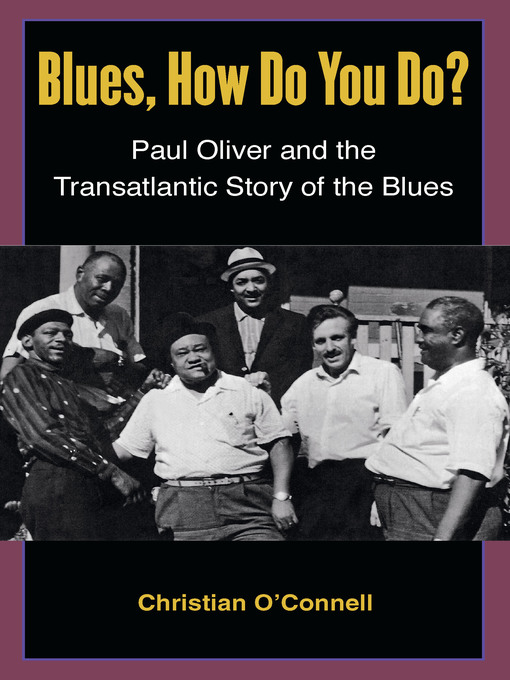-
Description
-
Details
O'Connell's study begins with Oliver's scholarship in his early days in London as a writer for the British jazz press and goes on to examine Oliver's encounters with visiting blues musicians, his State Department–supported field trip to the US in 1960, and the resulting photographs and oral history he produced, including his epic "blues narrative," The Story of the Blues (1969). Blues, How Do You Do? thus aims to move away from debates that have been confined within the limits of national borders—or relied on clichés of British bands popularizing American music in America—to explore how Oliver's work demonstrates that the blues became a reified ideal, constructed in opposition to the forces of modernity.

Kindle Book
- Release date: August 25, 2015
OverDrive Read
- ISBN: 9780472121120
- File size: 8100 KB
- Release date: August 25, 2015
EPUB ebook
- ISBN: 9780472121120
- File size: 8100 KB
- Release date: August 25, 2015
Formats
Kindle Book
OverDrive Read
EPUB ebook
subjects
Languages
English
